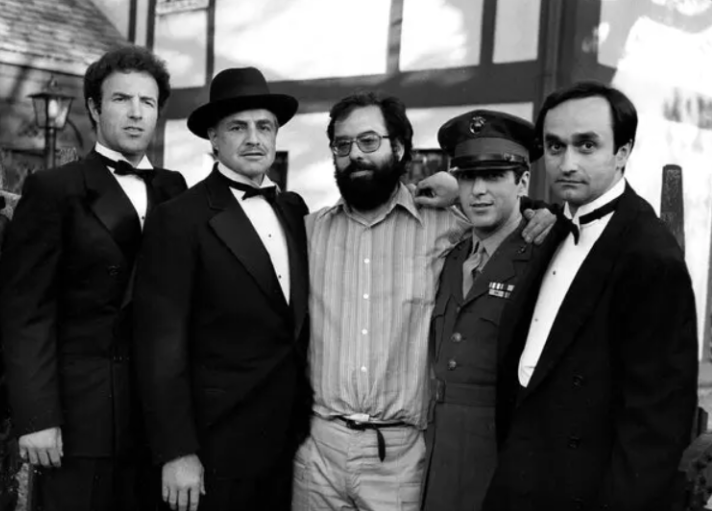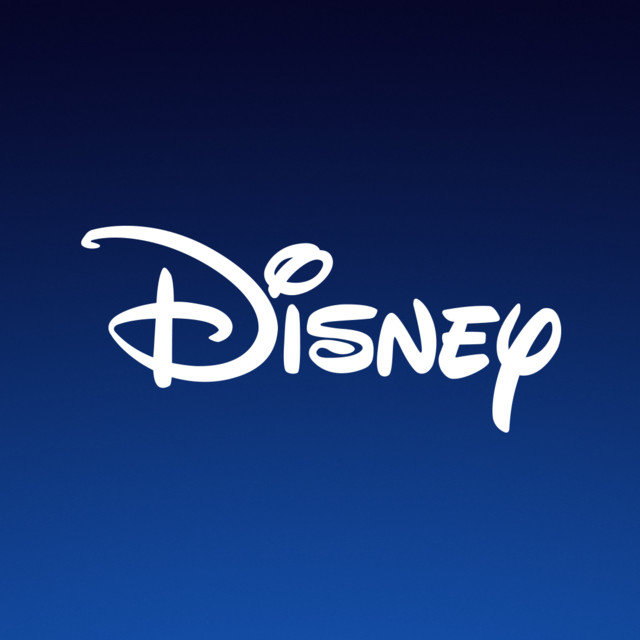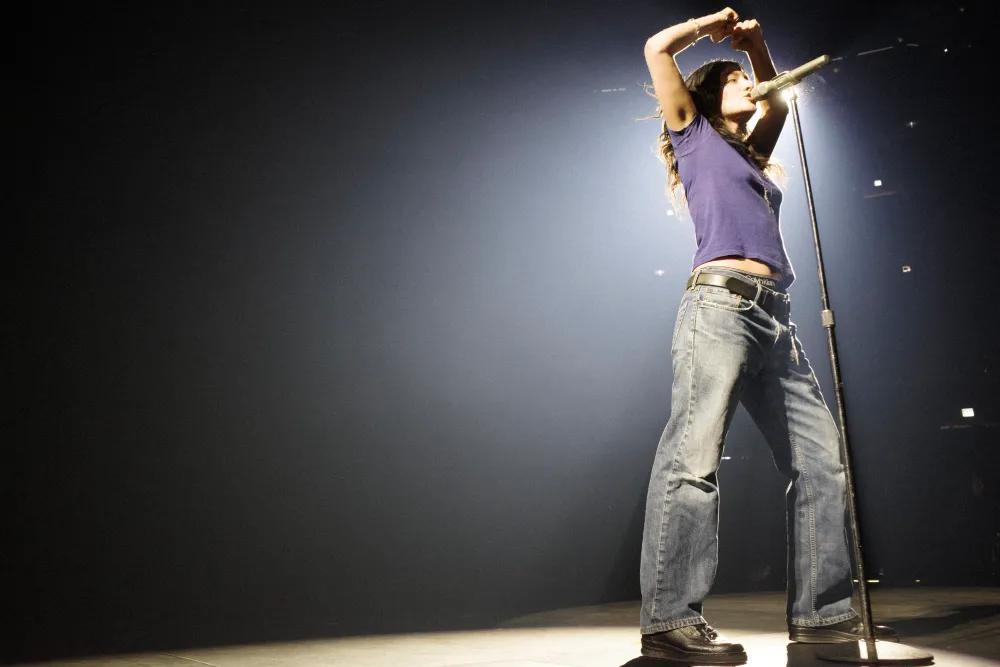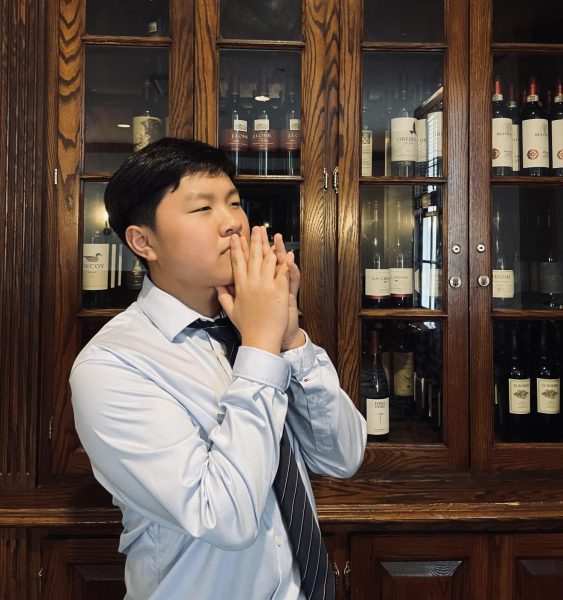With the new Francis Ford Coppola epic, Megalopolis, coming to theaters, I thought that looking at this legendary director’s elusive filmography and risky endeavors leading up to this momentous event would give modern movie-goers some insight into what this film means for a career as extravagant as Coppola’s. Before studying his extensive and undoubtedly impressive filmography, one must know the contexts that inspired some of his works. While pursuing a Fine Arts degree at the University of California, Coppola spent his time venturing into the art of filmmaking with a decent collection of amateur films that were both well and poorly received. However, his breakthrough film came in 1972 with the widely-iconic and highly-praised The Godfather.
Based on the novel by Mario Puzo, The Godfather was a huge success and was the fifth highest-grossing film of the 70s. It starred some of the best actors of the time, including Al Pacino, John Cazale, James Caan, and Marlon Brando, who won an Academy Award for his role as the iconic Vito Corleone. Coppola even won the Oscar for Best Adapted Screenplay along with Puzo. The film was a massive critical and commercial success. It analyzed the family dynamic of the Corleone family within the criminal underworld of New York City, most likely inspired by Coppola’s upbringing in Queens. His next film in 1974, The Conversation starring Gene Hackman, was much more personal than his previous features. It follows a surveillance expert who ultimately becomes troubled by the ethics of his work. It also displayed themes of paranoia and internal conflicts within the main character. At the time, it was met with lukewarm audience reception but was nonetheless nominated for best screenplay and best picture. His next two films, however, would forever cement Coppola as one of the greatest filmmakers to ever live.
1974 was also the same year that Coppola released his majestic sequel to The Godfather. The Godfather Part II was THE dominating film of that year. The film followed Al Pacino’s character, Michael Corleone, as he became his family’s Don. It also examines Vito Corleone’s (Robert De Niro) rise to power as a first-generation Sicilian immigrant. De Niro’s performance won him the Oscar for best supporting actor while Coppola won for best director. The Godfather Part II would also become the very first sequel in film history to win the Academy Award for Best Picture. Coppola’s next film Apocalypse Now also received mass critical acclaim in 1979. This harrowing film follows Captain Willard (Martin Sheen), assigned to take down a rogue colonel played by Marlon Brando. The film examines the morality of war and how some people mentally approach it differently than others. Apocalypse Now was a risky move for Coppola, who mortgaged most of his property to pay for the production. Furthermore, there were also many on-set production problems including an earthquake in the Philippines and Martin Sheen suffering from a heart attack. His subsequent film in 1982, One from the Heart, delves into intimate connections in Las Vegas between a couple who just experienced the biggest obstacle in their relationship. Coppola insisted on buying the film from MGM to have his company, American Zoetrope, in full creative control. His efforts would include replicating Las Vegas scenery in his studios to create a unique and dream-like mise en scéne to the film. Despite his efforts, the film was a critical and commercial failure, forcing Coppola to sell his assets and even close his studio in LA. The next couple of decades would mark the end of Coppola’s “golden era”, and this financial struggle would ultimately dictate a lot of what Coppola would do from then on.
In the 80s and 90s, Coppola made films that were either quite experimental or simply commercial, just to help repay his debt. Projects like Peggie Sue Got Married, The Outsiders, The Cotton Club, Bram Stroker’s Dracula, and the widely disregarded The Godfather Part III were released as a result of this era. He also had a legal dispute with Warner Bros. in 2003 and won as a result of a contract on a Pinocchio adaptation not being fulfilled. From then to the present, Coppola seldom directed films and mostly ran his production company, American Zoetrope, which was bankrupt at least 3 times in the last few decades. He also started the Francis Ford Coppola Winery which has been successful for the last 10-15 years. He was primarily under the public radar until about 1-2 years ago, when he sold his winery for millions to help finance his latest passion project, Megalopolis.
Throughout his career, Francis Ford Coppola has embraced the art of cinema, often disregarding critics, audiences, and even Hollywood. Almost every one of his projects was inspired by the passion and respect he held for each film. Even The Outsiders, a novel most of us may have read back in 8th grade, was a novel Coppola was so touched by after getting a letter from an English teacher, that he had to make the film a reality. Coppola has had an interesting and artistic career that had its moments of critical success and commercial failure. We at least owe it to him to experience his latest feat Megalopolis, a true culmination of an outstanding filmography.
Megalopolis releases in the US on Friday, September 27, 2024








